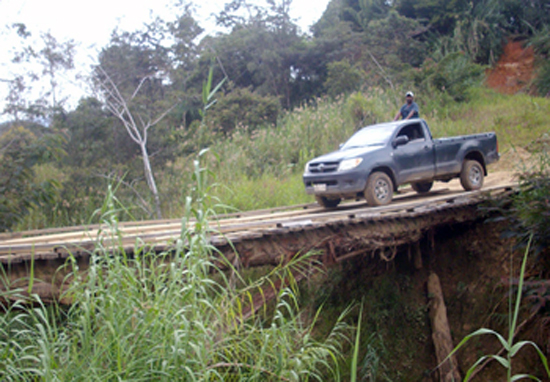
Broadband telecommunication services are growing rapidly and spreading at a remarkable pace. Globally, mobile phones are one of the most universally available technologies today that have most affected people’s lives, both in developed and developing countries. This mode of communication has spread at such an astonishing rate that it has leapfrogged certain stages of communication in some developing countries. The introduction and use of mobile phones in Papua New Guinea (PNG) is a new phenomenon. Many people, both in rural and urban parts of the country, have come to embrace this wholeheartedly. The mobile phone has become a necessity in every home and can be found almost everywhere in the country, whether in urban centres or the most isolated parts of the country. In rural areas where basic government services have progressively ceased to exist, people perceive the mobile phone as a beacon of hope that keeps them in touch with the outside world, giving them a new lease of life. The mobile phone has in a remarkable way lessened the ever increasing 'digital divide' between the haves and have-nots in a country where computers and fixed-line telephones were viewed as luxury items affordable only by the well-to-do and working people. Research shows that mobile phones are useful for people both in developed and developing countries. It is a means of conducting business and a potential tool for delivery of basic services.
This development communication case study is based around the Closed User Group (CUG) service, a telecommunication product introduced to the country by Ireland-based mobile communication transnational, Digicel. This CUG service was introduced to the provincial health sector by the Western Highlands Provincial Health Authority (WHPHA), by equipping health care workers (HCW) with mobile phones to enable ease of communication among the workers and between health facilities in the province. This study using, phenomenology as part of the research framework, was undertaken to discover if the flow of communication through mobile phones can assist meeting the unique challenges of delivering health services to the rural areas.
Yamo, Henry (2013). Mobile phones in rural Papua New Guinea: A transformation in health communication and delivery services in Western Highlands Province. Unpublished MCS thesis, Pacific Media Centre, School of Communication Studies, AUT University. Available on AUT Scholarly Commons: http://aut.researchgateway.ac.nz/handle/10292/5861


